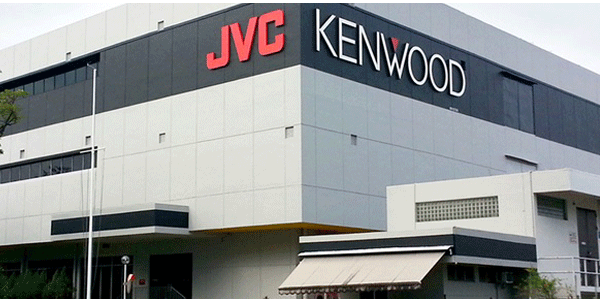JVCKenwood announced several new ventures this month in the field of medical/health devices, including helping to cure cancer.
It participated in the development of a device for helping to detect breast cancer. It is using its optical disc and nano-bead technologies to work with a team at Keio University School of Medicine in Japan to count the disease-specific exosome proteins (small particles in the blood secreted from cells) in cancer patients.
JVCKenwood has also joined with a medical device company Sysmex to launch a joint company that will develop and manufacture biodevices.
Called Creative Nanosystems Corporation, it will make in vitro biodevices by drawing on JVCKenwood’s expertise in optical disk forming and nano fabrication and Sysmex’s expertise in in vitro diagnostic instruments and software. Research and development is expected to start next month.
JVCKenwood already has several other healthcare related ventures. It supplies mammography image display monitors and other radiographic medical image display monitors. It also acquired a German company Rein Medical GmbH in April. It is also developing Gazefinder, a gaze tracking system that can be used to identify developmental disorders at an early stage.
The company lumps its healthcare ventures into the “Public Service” category along with professional radios, security and business cameras and professional broadcasting cameras. As a whole that category represented 20 percent of the company’s revenues in its recent quarter, or the equivalent of $539 million for the 3 month period ending June 30.
Alpine and Pioneer are also diversifying.
Alpine’s parent company is working on industrial drones that can be used to inspect electrical power lines and towers that are dangerous for human inspectors.
Alpine and Pioneer are both working on autonomous vehicle technologies including heads up displays in Alpine’s case and 3D Lidar from Pioneer.
In addition to 3D Lidar, Pioneer is working on artificial intelligence in cars, mapping, and other driver information and aids. For example it is developing a technology to help keep drivers stay alert through its research in audio harmonics. Drowsy drivers are a leading cause of traffic accidents. One way to help drivers stay awake is vibrating the driver’s seat. But after a short while, the driver adjusts and gets drowsy again. If the vibrations are too harsh, the driver would disable the system. So Pioneer has developed “harmonic vibrations” that use music theory and technology converting sound to vibrations that the body can feel but without discomfort, it said.
Source: JVCKenwood, Pioneer











